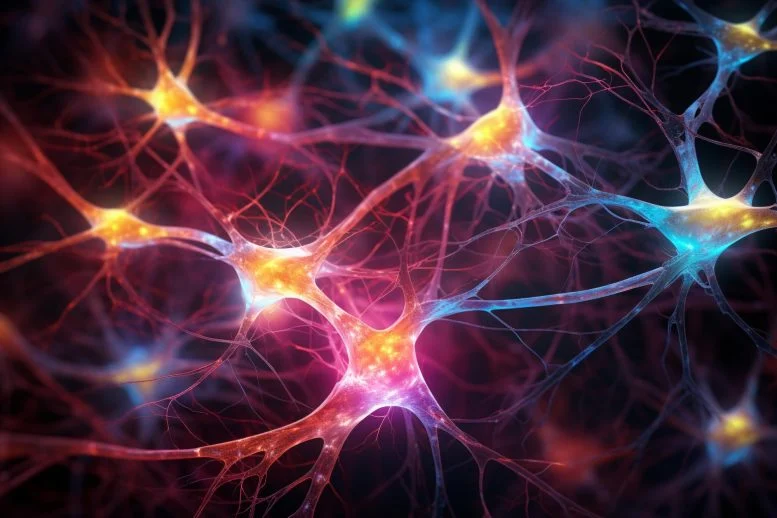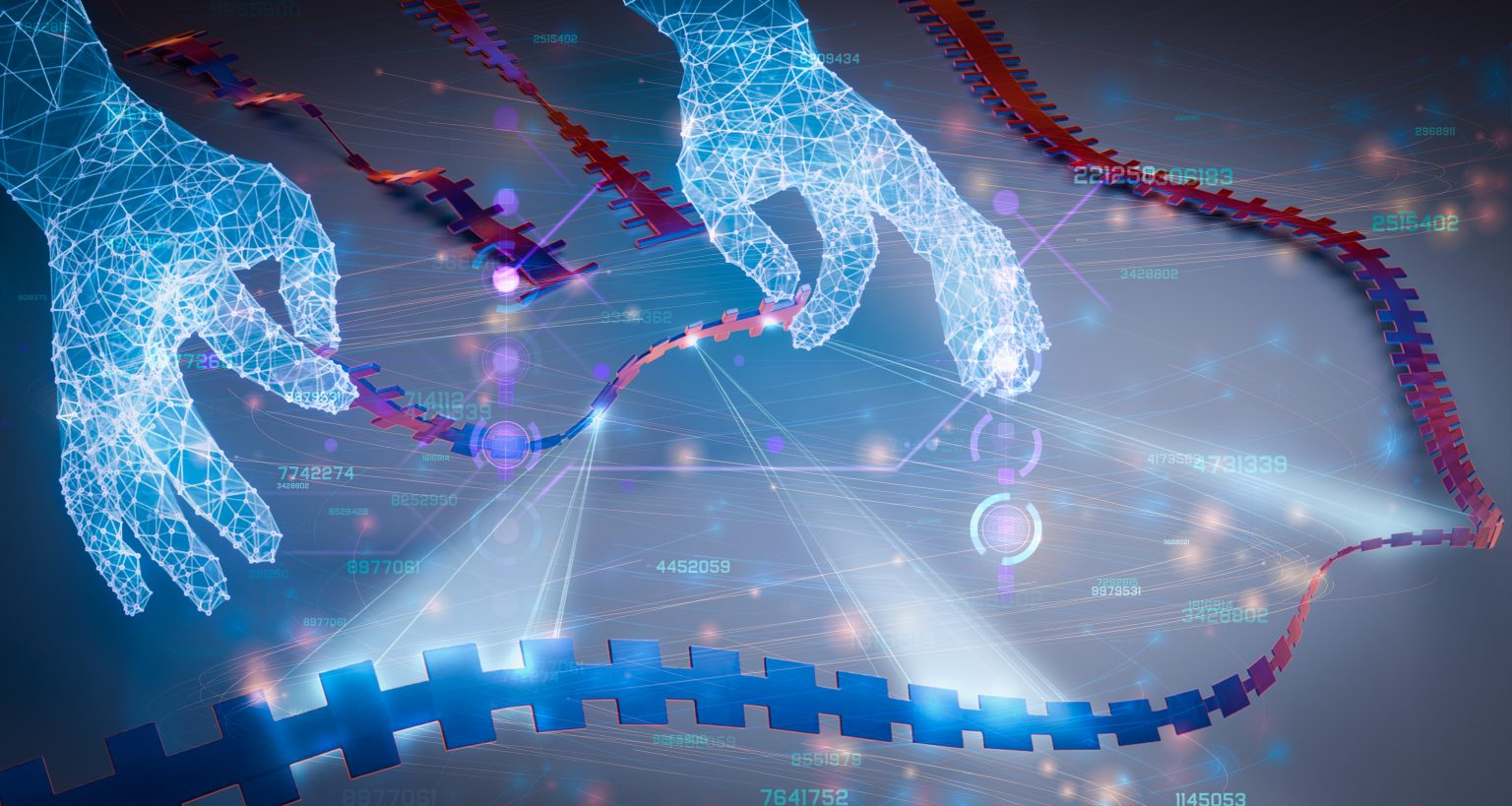"Artist’s rendition of a newly discovered superhighway for electrons that can occur in rhombohedral graphene. “We found a goldmine, and every scoop is revealing something new,” says MIT Assistant Professor Long Ju. Credit: Sampson Wilcox/Research Laboratory of Electronics" (ScitechDaily, MIT Physicists Forge a Five-Lane Quantum Superhighway for Electrons)
The quantum information highway allows the system to transport information, stored in things like electrons.
Boosting binary data security. The system can use cable ducts and share information between individual wires. Then each of the wires transports information forward in different lines.
The cable ducts can also used to create a virtual quantum channel. That can work at room temperature. In those systems, the intelligent operating system shares information with each wire. Then that system drives data to the cable duct. In cable ducts, information can travel in lines like in real quantum computers.
The parallel ports can make it possible to share data with wires. The system cuts the data row at the transmit side of the wires. And then the system moves data through wires to the receiver, where it can send it forward in the form of a row.
However, the quantum information highway can make data communication over long distances possible. That kind of thing can be hollow nanotubes or an electromagnetism wormhole through the air. The system can use phonons to make the empty hole through the air. Then hollow laser beams close the internal layer of the wormhole away from outer influence.
After that, the radio waves or electron cannons can shoot electrons through that channel. The quantum channel can be a hollow laser ray a hollow microwave- or a radio tornado, created using coherent electromagnetic radiation. The problem is how to protect information in the quantum channel.
In the new MIT's quantum highway model, electrons flow or hover above the graphene layer. The problem is how to deny electron's interaction with the environment. The quantum tunnels can be put between the graphene layers. There is the possibility that physical things like graphene tubes can make that track more effective.
The five-lane quantum information superhighway is the tool that can transform data transportation. The quantum information highway gives change to transmit information as quantum superposition.
The qubit that travels in the quantum channel must not touch the walls of that channel, or it loses its data. That thing makes it difficult to make the quantum superhighway. The system must remove all disturbing information from the information channel. Before, it can send the qubit through it.
https://scitechdaily.com/mit-physicists-forge-a-five-lane-quantum-superhighway-for-electrons/








